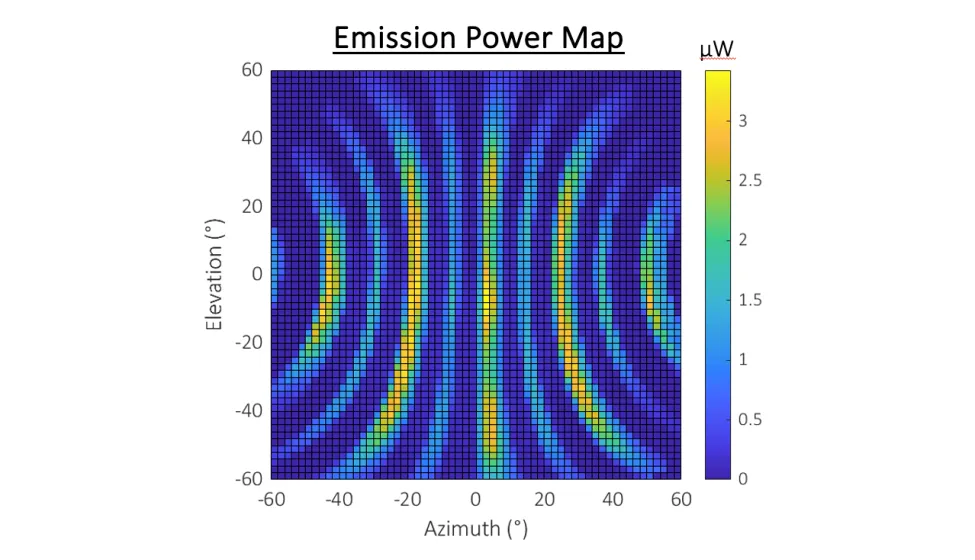October 23, 2025
Expansion of ISO/IEC 17025:2017 accreditation provides third-party validation of infrared LED test methods
Exponent has expanded its ISO/IEC 17025:2017 accreditation at its facility in Menlo Park, California. The Menlo Park facility has added evaluations of the photobiological safety of lamps and lamp systems, including LEDs, to its scope under the American Association for Laboratory Accreditation (A2LA, Certificate #2561.03). An internationally recognized third-party accreditation body, A2LA performs unbiased, objective assessments of participating labs' quality systems.
The results from these tests provide clients with critical data that conforms to the rigorous levels of quality assurance required by ISO/IEC 17025. An audit against these requirements allows Exponent to demonstrate that its methods are developed and validated to state-of-the-art, consensus-based, industry-standard test methods and conducted using fully traceable equipment.
"Adding these accreditations to our long-established LED, lamp, and laser radiation testing capabilities is an essential step to providing our clients with the confidence they require to ensure their products are safe and effective."
Test methods covered by Exponent's new scope of accreditation
Exponent's Menlo Park laboratory accreditation now covers assessments of the photobiological safety of lamps and lamp systems, in accordance with IEC 62471, adding complementary capabilities to our existing IEC 60825-1 (section 5.4.3 for Condition 3) accreditation for assessing the safety of laser products.
The new accreditation allows us to evaluate and characterize risk and safety for LED-containing consumer electronics and medical devices. Commercial infrared LEDs — widely incorporated into smartwatches, fitness trackers, medical-grade vital sign sensors, VR headsets, and AR glasses — have become increasingly powerful and useful for emerging technology applications like eye tracking. The IEC 62471 accreditation of Exponent's Menlo Park lab supports our rigorous evaluation of these high-powered LEDs and related hazards, including to the human eye.
This new accreditation facilitates our generation of the highest-quality testing data and enables us to answer challenging questions that arise during product development and validation, root-cause and corrective action investigations, and quality control assessments.
This new accreditation complements our unique capabilities in evaluating full 2-D LED and laser projectors with wide fields of illumination (FOI), such as LiDAR, time-of-flight (ToF), solid-state illuminators, and diffractive optical systems. This capability is critical in assessing the radiation safety of modern LED and laser applications where the peak power direction is often not along the optical axis (i.e., head-on direction).
The latest accreditations include:
| Test Type | Test Method |
|---|---|
| Photobiological safety of lamps and lamp systems | IEC 62471 |




